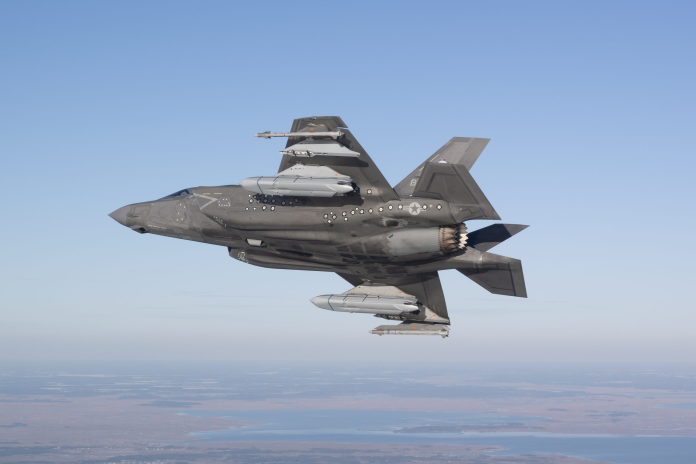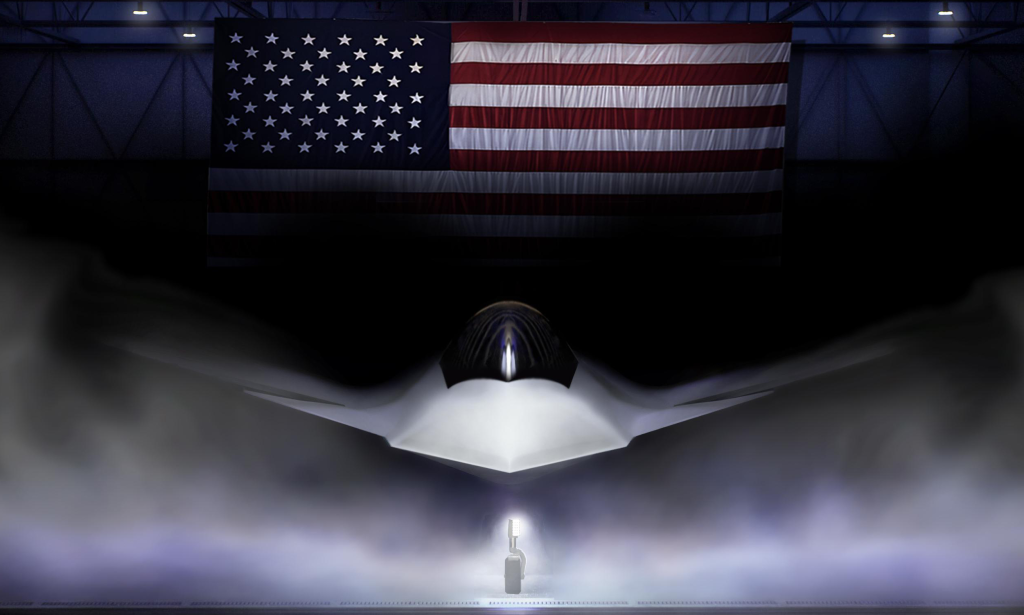
A hideous acquisition Frankenstein is what most in the defense community now refer to the F-35, a fighter that was once celebrated as the future of American aerial combat capability. The Pentagon’s move to cut its planned purchases of the F-35 in half and shift decisively to the sixth-generation F-47 represents not only an adjustment in the budget, but a dramatic shift away from decades of procurement orthodoxy. For defense planners, aerospace engineers, and military aviation observers, the ramifications extend far beyond spreadsheet numbers. They herald a new era where survivability, flexibility, and technology fusion are the currencies of air supremacy.
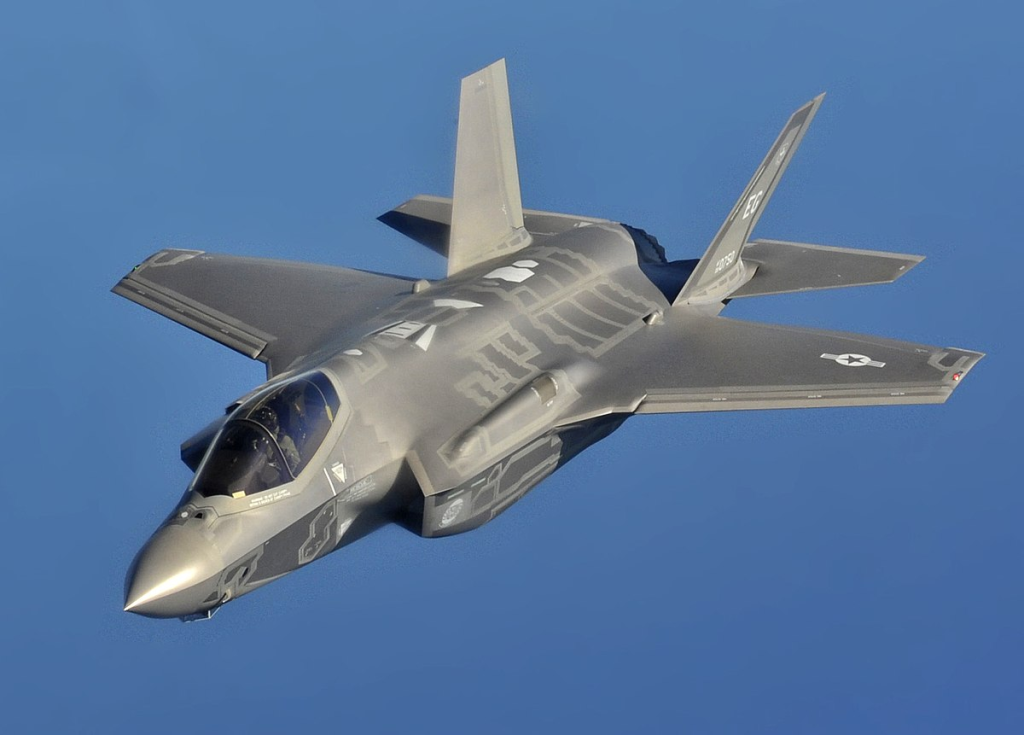
1. The F-35’s Unraveling: From Panacea to Problem
For more than two decades, the F-35 program gobbled up most of tactical aviation resources, promising a one-size-fits-all answer: stealth, networked warfare, and cross-service interoperability. In practice, the F-35 was a “grotesque procurement Frankenstein with ever-growing maintenance needs, ongoing availability problems, and a price that overwhelmed the very force it was meant to enable”. Congressional anger grew as the reliability, maintainability, and availability (RMA) figures repeatedly underperformed. The Director of Operational Test and Evaluation testified that in 2023, the F-35 force was available for operations only 51 percent of the time far from the 65 percent objective, with the full mission capable rate for combat-coded aircraft averaging only 48 percent during the year.
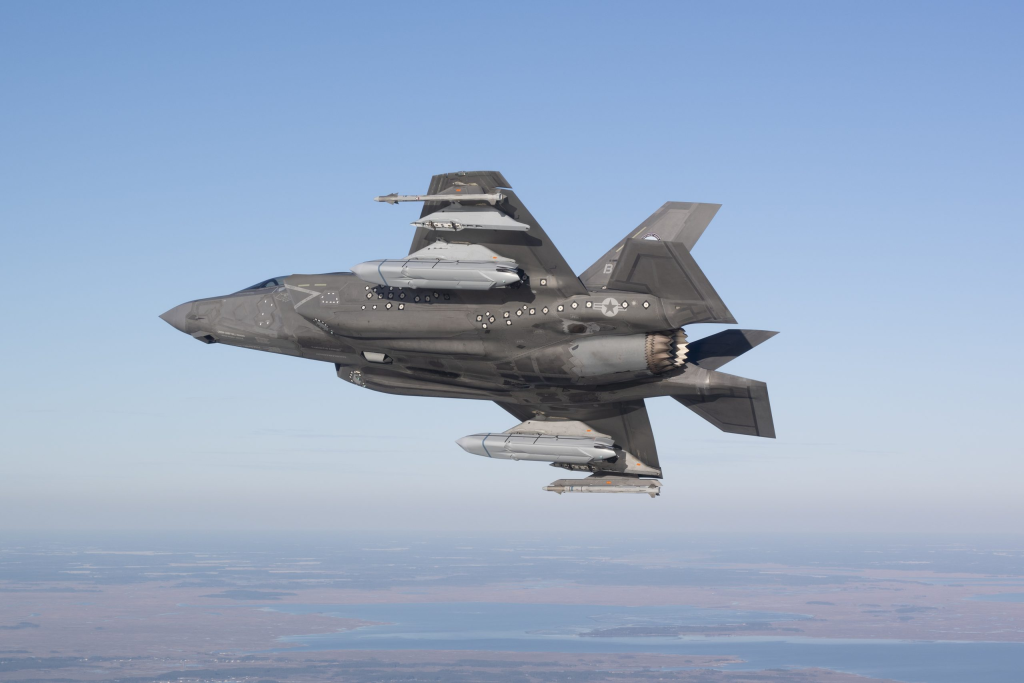
The Air Force Chief of Staff, Gen. David Allvin, was direct: “At the end of the day, since we do not have unlimited funds, we must ensure the F-35s that we purchase are capable of defeating the pacing threat. Thus, some of the delays in the case of Block 4 and TR-3 contributed to decisions by the department.” The F-35 Block 4 upgrade, critical to future combat viability, continues stuck in software and hardware integration delays, with lawmakers warning that intended capabilities have already been “cut” in the House Armed Services committee’s version of the 2026 defense policy bill.
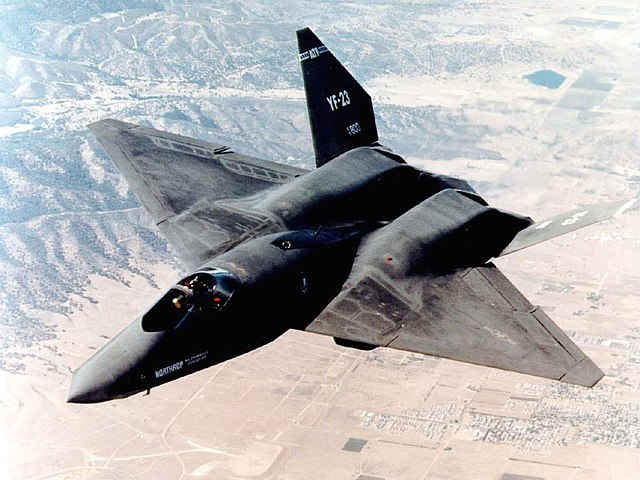
2. The Procurement Rhyme: Lessons from YF-23 and X-32
The lessons of history’s cautionary tales resound in the corridors of the Pentagon. The YF-23, at one time quieter and farther-flying than the F-22, was abandoned for being too unorthodox a fighter. The X-32, a less complicated and more long-term viable option, fell to the more camera-friendly X-35. The outcome was the F-35: a plane that, for decades, promised to repeat the errors of the past not by shelving the best design, but by bringing out not-quite-the-best design for an extended period. Mark Twain’s caution “History doesn’t repeat itself, but it does often rhyme” has long bedeviled American fighter acquisition. But as the Air Force cuts its F-35 craving and spends on the F-47, the rhyme is at last broken.
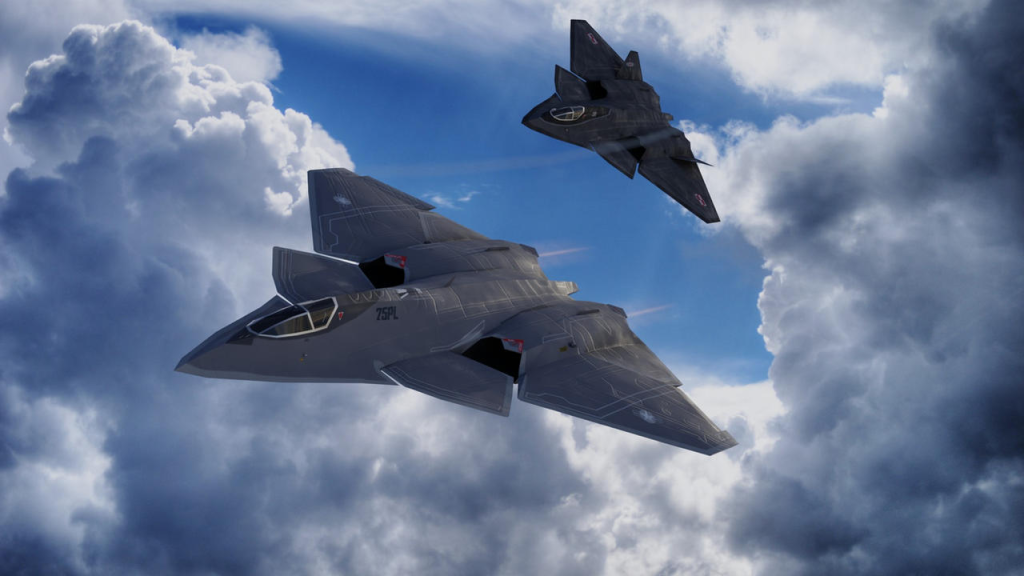
3. The F-47 and NGAD: A Platform Designed for Future War
The F-47, the focal point of the Next Generation Air Dominance (NGAD) program, is not an “eventually someday” change. As Secretary of Defense Pete Hegseth stated, “We know this is cheaper, longer range and more stealthy.” The F-47 is built to fight in the dirty, degraded, denied environments that will characterize future wars environments in which air supremacy, satellite linkages, and universal communications cannot be assumed. The modular, open mission systems architecture of the platform guarantees quick integration of emerging technologies and effortless adjustment to evolving threats per Air Force reports.
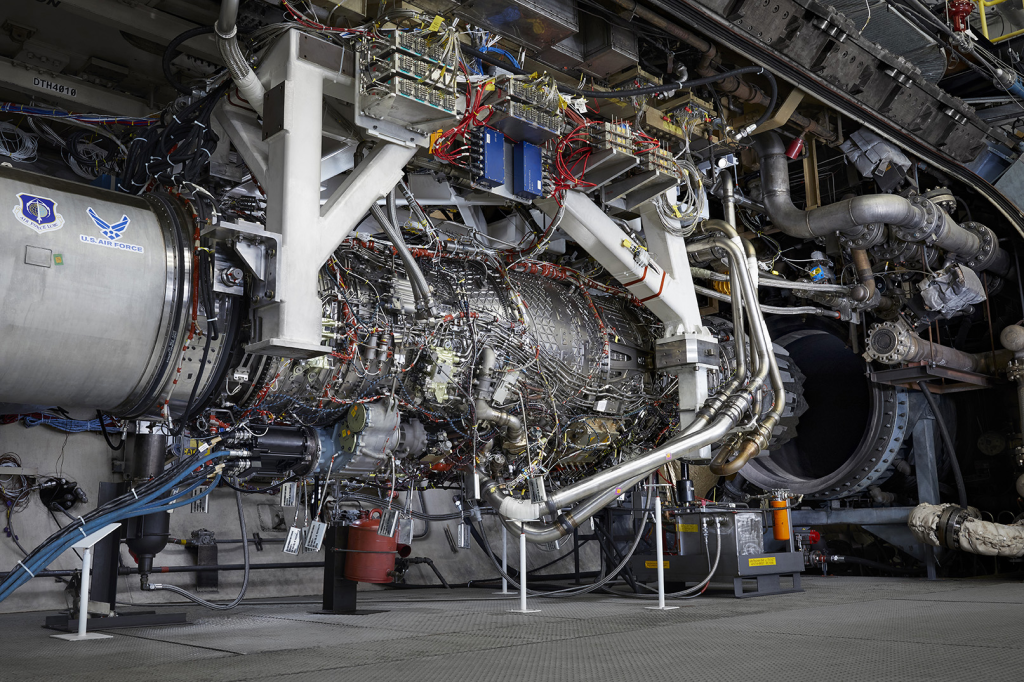
4. Adaptive Cycle Propulsion: The Sixth-Generation Engine
Beneath the F-47’s quantum jump lies adaptive cycle propulsion. Engines such as GE’s XA100 and XA102, built under the Adaptive Engine Transition Program (AETP), provide 20% more thrust, 25% better fuel efficiency, and over 30% increased range over legacy engines. These adaptive engines have a third bypass duct that is opened and closed in flight, tailoring performance to either high-thrust combat or efficient cruising. The payoff is not only greater range and survivability, but the capability to energize high-energy systems like directed energy weapons and advanced sensors capabilities critical to Indo-Pacific theater dominance and underscored by General Electric’s breakthroughs.
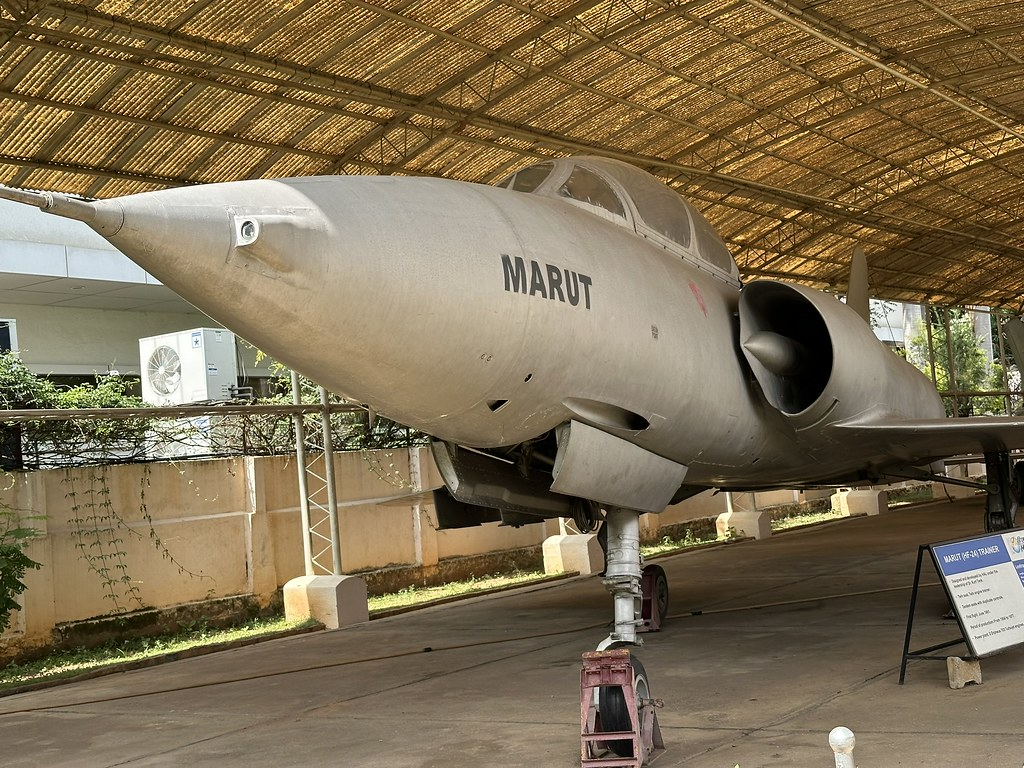
5. Sensor Fusion and Electronic Warfare Resilience
Contemporary air combat is as much a matter of information as speed or stealth. The F-47’s digital spine is meant for strong sensor fusion, bringing together information from radar, infrared, electronic surveillance, and offboard sources into one coherent, actionable image. AI-based systems will sort through tremendous streams of data, prioritize threats, and suggest courses of action in real time. This structure, facilitated by high-speed, low-latency networks and accurate timing, allows the F-47 to function independently of susceptible external communications vital in the kind of environments where belligerent powers such as China and Russia are actively engaged in developing capability to degrade or deny U.S. networks as described in technical overviews.

6. Open Mission Systems and Digital Engineering
The F-47’s open architecture is a straight reply to the F-35’s “data-rich house of cards.” Through digital engineering and government-owned interfaces, the F-47 is able to quickly integrate new sensors, weapons, and mission software. Not only does this accelerate development and fielding, but it also keeps the platform viable as threats change. Steve Parker, acting CEO of Boeing Defense, Space and Security, stressed: “We understand the significance of designing, developing, and delivering a sixth-generation fighter capability for the United States Air Force. In anticipation of this mission, we made the largest investment in the history of our defense business, and we stand poised to deliver the most advanced and innovative NGAD aircraft required to execute the mission.”
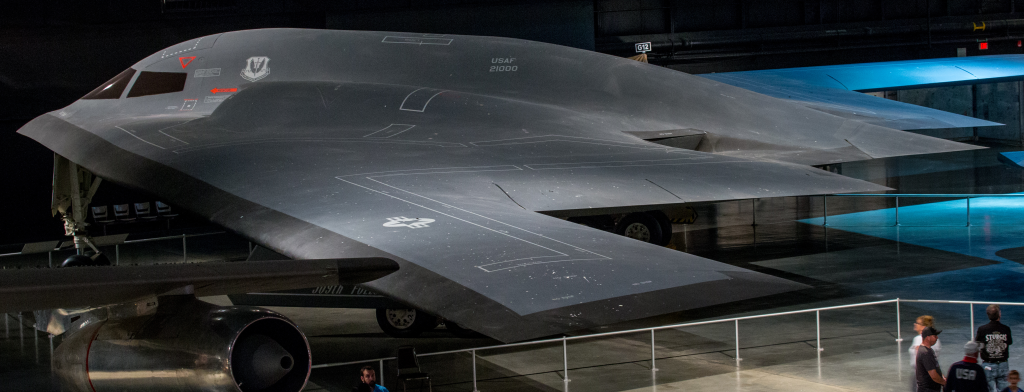
7. Sustainment, Scalability, and the Industrial Base
The F-35’s overwhelming sustainment load characterized by maintenance backlogs, parts shortages, and dismal mission-capable rates has called for a reckoning. The F-47 is designed for greater availability, simpler maintenance, and reduced lifecycle expense. Its design reflects lessons of the B-21 bomber, which has been called a “daily flyer” due to durable stealth paint and maintainability designs embedded at the outset. The Air Force is as aware as anyone that the F-47 needs to be fixable, scaleable, deadly but survivable at speed and under duress. The Pentagon’s strategic choice to concentrate industrial capacity on the F-47, postponing the Navy’s F/A-XX, is the result of the fact that the defense base can afford only expedited work on one large fighter program at a time as attested by senior defense officials.
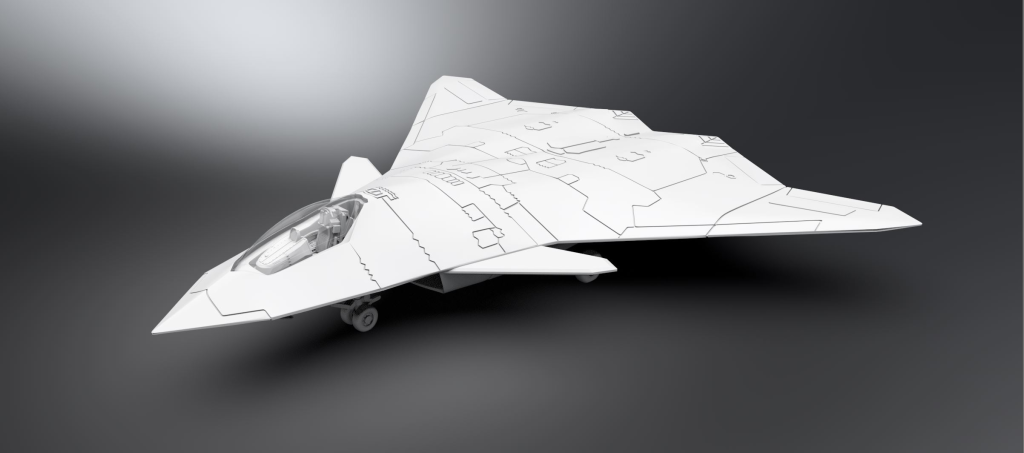
The F-35, on the other hand, will continue to serve for decades patrolling with NATO partners and completing the force. But its days as the tip of the spear of American airpower are done. As Gen. Allvin said, “It’s the outcome that counts. What are the capabilities that we can provide? How much will it cost to sustain? How much will the investment cost? Are the investments paying off? Perhaps, for the first time in a generation, the solution will not lie in imitation of the past, but in departure from it.”
